<Back to News Home |
Redshift Sports ShockStop Stem: Getting Rolling- by Guitar Ted
In the world of unpaved road riding, there is a focus of late upon how vibrations are dealt with that could have a negative effect upon the rider and on handling. Puffy tires, special frame designs, shock absorbing seat posts, and outlandish looking forks have all appeared on the gravel riding scene within the last few years. All in an effort to reduce the constant chatter which gravel roads can incur upon a rider. Now there is a stem with shock absorbing characteristics which is called the ShockStop stem aimed at doing something similar for gravel riders.
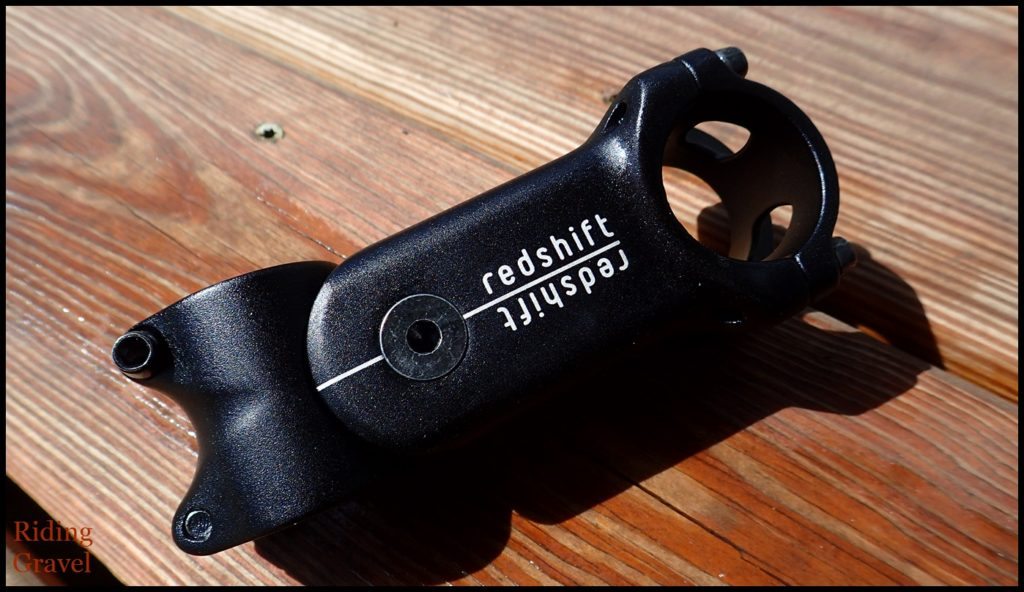
What It Is: Wait…….did you say “suspension stem”? I know…… The idea of a suspended stem might be an instant turn off for many of you that can remember such devices of days gone by. Maybe you have just heard “bad things” about suspension stems, and if you fall into one of those two groups, I feel your pain. I was the same way about this product the minute I first heard about it. However; after opening up my mind to the fact that materials technology and lessons learned may make a modern take on a stem with vibration absorbing capabilities a viable product, I decided to investigate this stem. (Spoiler Alert) I am happy to report that it isn’t anything like those awful stems we used in the 90’s on our mountain bikes.
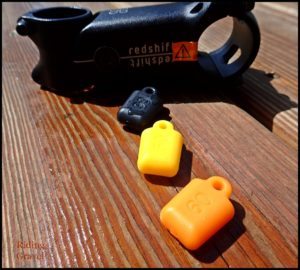
Beyond having a pivot, (which is reimagined for the purposes of this stem), the ShockStop stem also has limited travel, unlike the early attempts at suspension stems. With a maximum travel of 20mm, you shouldn’t feel as though you are going to get dumped off the front of your bike when the travel of this stem reaches its maximum.
The spring is actually a combination of two elastomers of five supplied with the stem when you get it. The materials technology behind the spring used in this stem has resulted in a lightweight, tunable product. It should be adjustable for most rider’s preferences . These elastomeric springs have also been tested to last and are less affected by heat and deformation over a long period of use. Elastomers do not have a good reputation due to their past performance, but Redshift claims the improvements implemented in these elastomers will help to change that reputation.
The elastomers come in five different stiffness rated, color coded forms, and can be combined in pairs or used singularly, to achieve a wide range of desirable vibration absorbing characteristics. The process of changing out the elastomers is a bit technical, so a thorough read of the instructions is highly recommended before attempting to switch them out. Specific instructions include a requirement to have the stem mounted to a steer tube to align a critical bolt which threads into a wedge piece inside the stem. Make sure you follow the instructions here!
The pivot assembly is another critical component to this stem and Redshift paid specific attention to this. Typically, any joint in a stem tends to get loose over time as a rider torques the bars side to side during riding. That rider induced leverage can destroy a pivot if it isn’t designed to a tight tolerance or is poorly designed. Many early suspension stems suffered from this and ended up becoming loose and unusable components in short order.
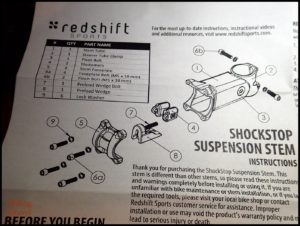
Redshift worked with their bearing supplier to have a custom, full compliment enduro bearing made to be press fit into the bore on the steer tube side, which itself is carefully machined into that aluminum part. Then the shaft in the handle bar side of the stem is made much like a rear pivot in a modern rear suspension bicycle design. It is pressed in and the tolerances between it and the inner race of the bearing are very tight. What results is a stem that will not flex torsionally and will retain the feel and stiffness a rider expects. In fact, Redshift has these stems tested for torsional stiffness and they claim to have had successful results throughout their observations. The stem still moves around that pivot up and down to allow for the vibration eating benefits though.
That pivot has seven parts to it, and there are actually two enduro bearings and a shaft spacer in there as well. Add in a wedge bolt, wedge, and two elastomers and the inside of the ShockStop stem becomes a bit more complex than its outer appearance would lead you to believe that it is.
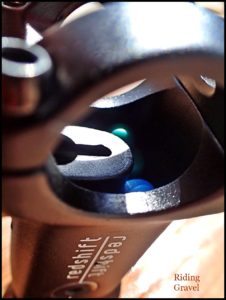
Because of the simple outer appearance, the stem has a sleek aesthetic appeal and doesn’t look odd, nor does it draw attention to itself. The one thing it does have is weight. All the bits and pieces inside this simple looking stem add up to a weight of 255 grams on my scale for a 90mm extension version. These stems come in a size range of 90, 100, 110, and 120mm and have a +6°/-6° rise/drop depending upon how you orient the stem on a steer tube. There also is another version available with a 30° rise. Steer tube size must be 1 1/8th inch and the handle bar clamp size is 31.8mm, although shims will allow the use of 26.0mm and 25.4mm bars. The retail cost of the stem is $139.99.
One more thing to note- While you can orient the stem in a negative or positive rise, due to the way the design works internally, you may have to remove the wedge, wedge bolt, and elastomers to orient them in the correct way for the stem to work as intended.
First Impressions: Out of the box I was impressed with how simple this design looks compared to the alien looking contraptions we used on our mountain bikes in days gone by. This stem looks normal. I was also impressed with the weight. You will not mistake this for a lightweight component, but it isn’t a ridiculous amount of weight. The elastomers as supplied in the stem were what I went with just to see if a lighter than recommended setting would be good with gravel road riding. I will get into the guts of this stem later to see about the effects on ride characteristics when changing elastomers.
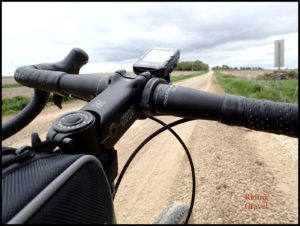
The mounting of this stem is straight forward. Once you decide upon you orientation- negative or positive rise- you simply install it as you would any other typical stem. Once I had the ShockStop mounted, I gave the bars a heavy push downward, and I was surprised at how stiff the stem felt. However; once I started doing some shorter, “getting acquainted” rides, I could tell something was going on here.
I did get to do a ride or two on gravel roads around the area as well. My initial feelings are that this stem does a good job of dealing with a lot of the vibrations in the upper registers as far as frequencies go. Think “road buzz”, or the like. In fact, on pavement I almost cannot feel the front tire at all through the handle bar. Once I hit some smoother, less rocky gravel, the chatter that would have been there was greatly muted. It wasn’t gone, but I could see that my hands and arms were shaking far less than they would normally. Rough patches of gravel where the crushed rock was deeper had me feeling the rocks for sure, but again, to a lesser degree.
Okay, so it absorbs vibrations, but does it feel weird? Does the ShockStop stem affect your riding? In a word- No. I couldn’t feel the stem moving, but it was obviously doing a job that resulted in my feeling less vibrations. Actually I forgot about trying to detect if the stem was moving at all since it was so invisible in that regard. Perhaps a lighter set of elastomers would provide a more noticeable sensation of movement. By the way, I also accounted for tires being a part of this by using a slightly higher pressure than I typically would have. So, if anything, the tires were transmitting more vibrations than I am used to.
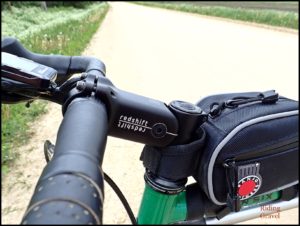 So Far…… The Redshift Sports ShockStop stem is a sleek looking, almost normal appearing stem that has a hidden talent for absorbing vibrations. It isn’t light, for a stem, but as a vibration taming device, it is one of the lightest options out there. There is a bit of technical futzing that goes in to finding the correct elastomers and orientation of this stem, but the results seem to be worth it. Gravel road chatter is greatly reduced and the stem’s operation is, so far, invisible while riding. Stay tuned for my update coming in a few weeks.
So Far…… The Redshift Sports ShockStop stem is a sleek looking, almost normal appearing stem that has a hidden talent for absorbing vibrations. It isn’t light, for a stem, but as a vibration taming device, it is one of the lightest options out there. There is a bit of technical futzing that goes in to finding the correct elastomers and orientation of this stem, but the results seem to be worth it. Gravel road chatter is greatly reduced and the stem’s operation is, so far, invisible while riding. Stay tuned for my update coming in a few weeks.
NOTE: Redshift Sports sent over the ShockStop stem at no charge for test and review. We are not being paid nor bribed for this review and we strive to give our honest thoughts and opinions throughout.
Discuss and share your questions or thoughts about gravel bikes, gear, events and anything else on the Riding Gravel Forum.
[adrotate group=”1″]


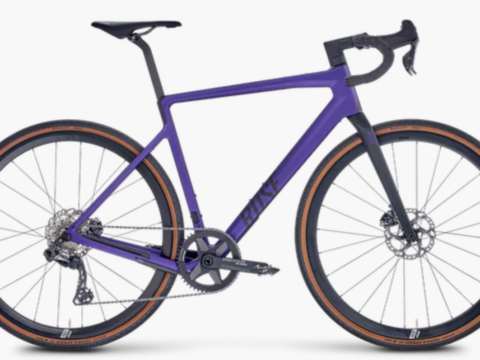
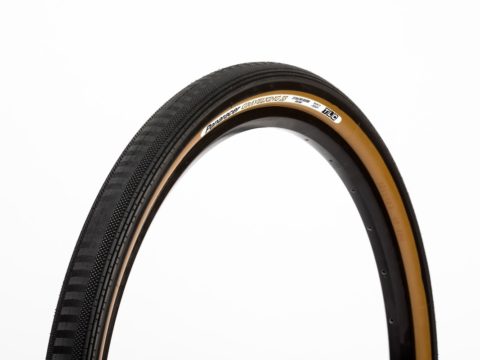
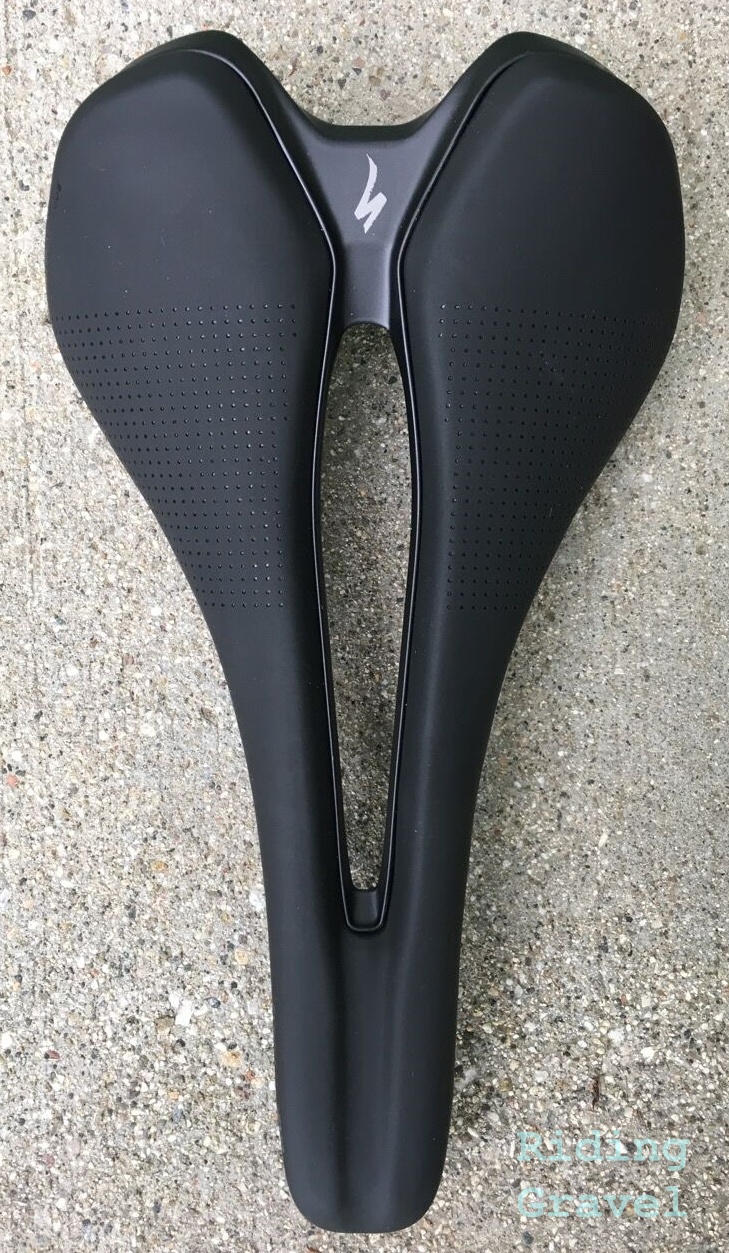
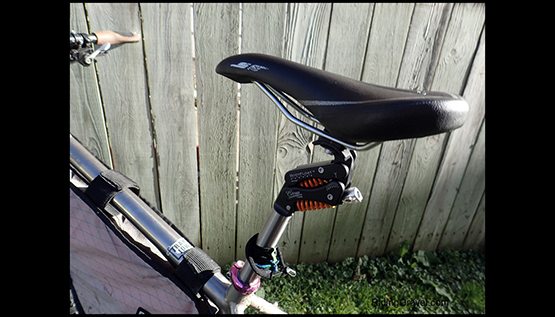

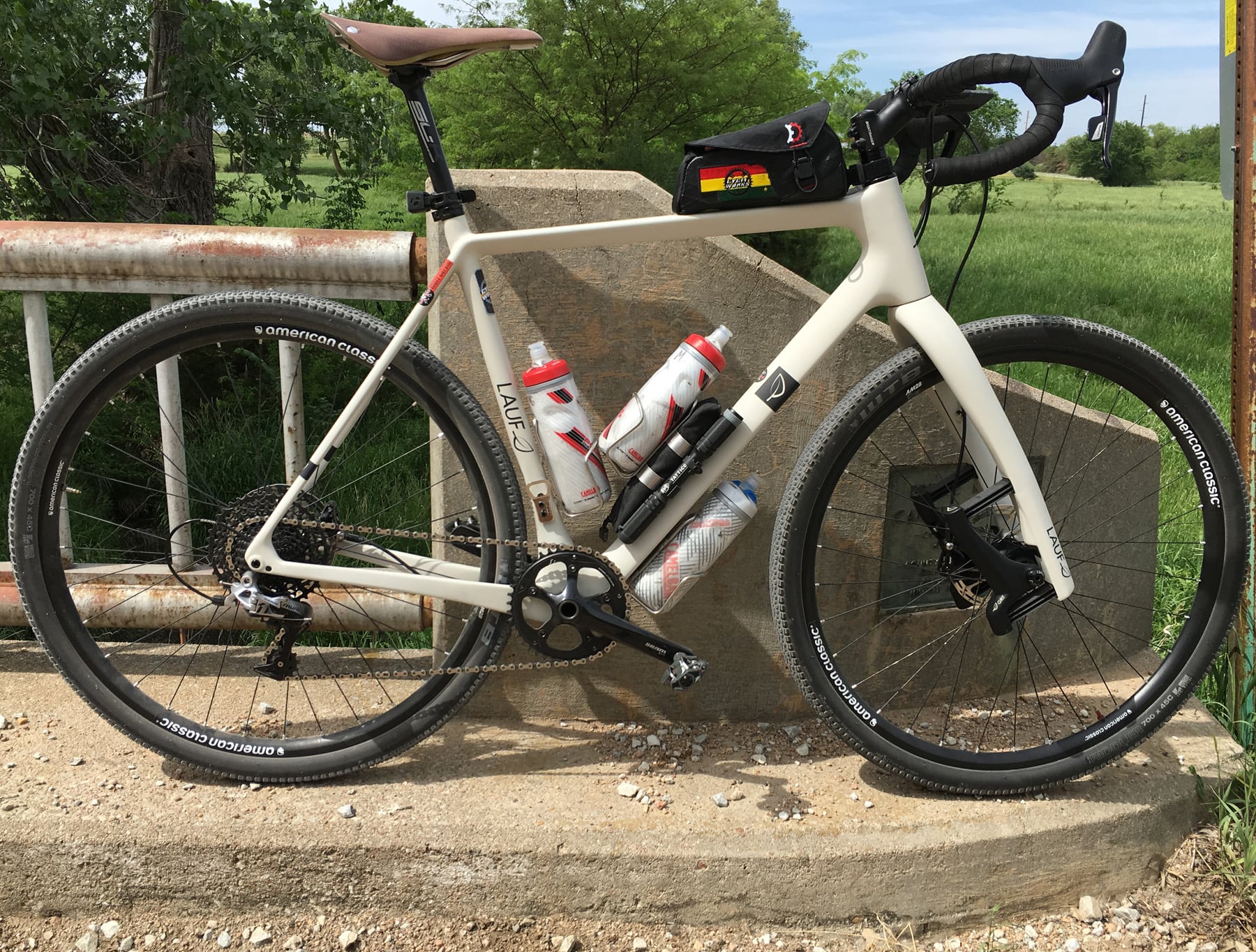
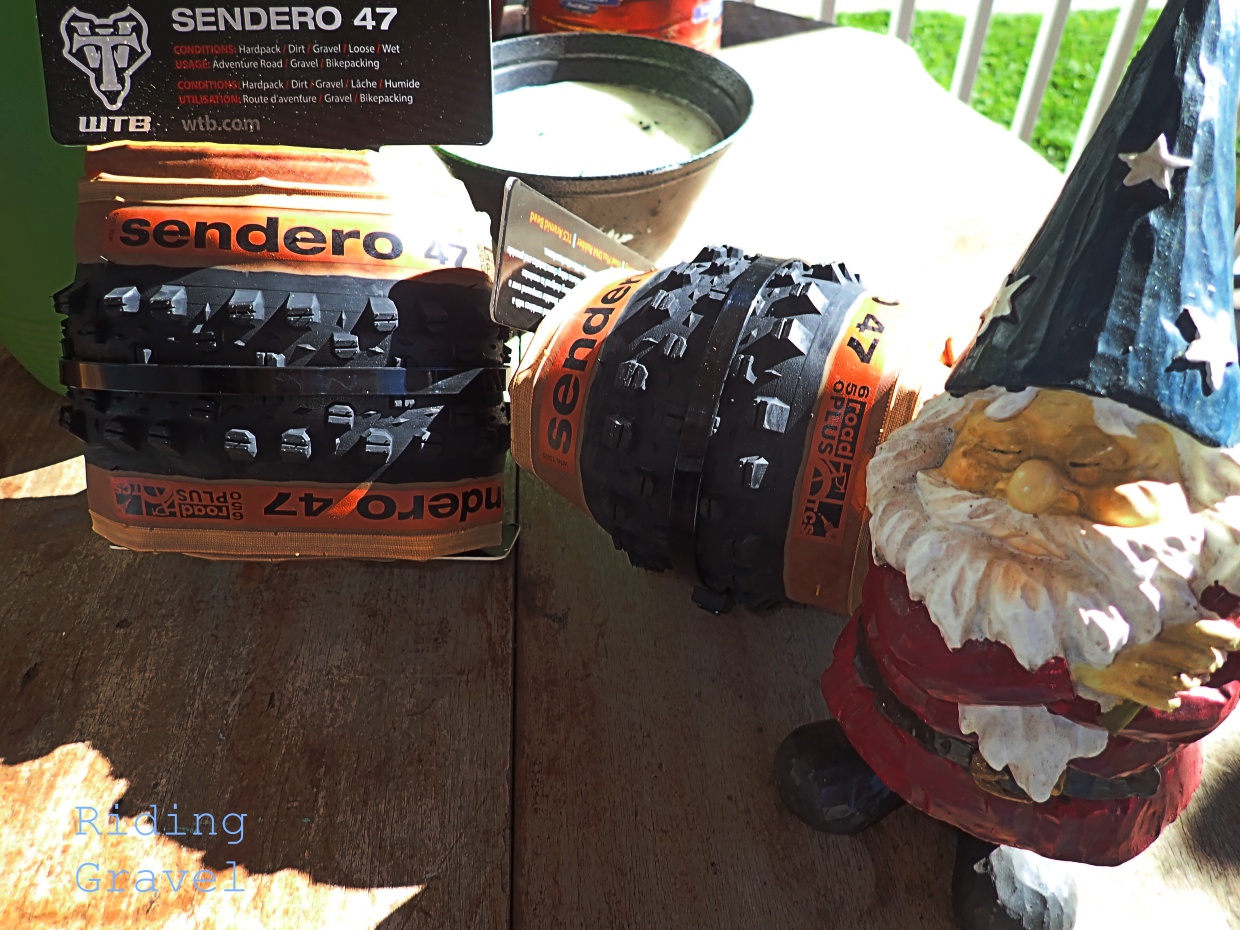


I almost preordered one of these. May still get one.
I got in on the kickstarter campaign and owned this for a few months now and over a thousand miles later. I love it, well made works as advertised. Probably never buy a regular stem again.
Looks interesting. I had a Softride back in the day. Liked it a lot. Until it failed catastrophically in Death Valley….
Awesome company. Well made products.
I bought one through the KickStarter. Installed it and took an inaugural ride down a familiar extremely uneven brick road. I took off and my bike was rattling, and at first I thought the stem was doing nothing. Then I realized that I was traveling a lot faster than I normally would have because I was riding by the feel in my hands. In other words, you can tell that it’s working because you don’t notice it at all. Love mine.
It reminds me of the GIRVIN stems of the 90’s, but better. I confirm the sensations, less pressure on the hands, wrists and shoulders, very comfortable, when well regulated stays rigid even pedaling standing or sprinting while maintaining the properties of shock absorption. Great buy.
I have one from Kickstart. Initially I used the harder combination (90 + 60) elastomers, and the stem hardly moved even when pressed hard. However you could feel marked difference in the road buzz when riding. Recently I changed the combination to 80+70. Although the rating figures of the elastomers are the same, I can feel an instant softening of the stem as it could be pushed down slightly on hard press. On the road, it makes even more comfortable riding. Having tried this, I am unlikely to go back on conventional stem ever again. The modern trend of riding philosophy has changed – in that riding comfort is just as important as weight, perhaps even more important. It help to preserve energy in a long ride. I think the comfort level acquired by using the RedShift far out paces the little gain in weight of the stem.
Ordering mine tonight. Since specialized launched their new stem shock in the roubaix the ergonomic benefits are confirmed with thousands of happy customers. However it is only available in a roubaix and not in a gravel bike…bring on the shockstop for us gravel grinders!
Got one of these recently, and in the very first 10 seconds the sensation made me think I had a flat front tyre, but after that you don’t notice it until you run into a familiar section of bumpy road and the unfamiliar smoothness catches your attention. After a day or two you just forget it’s there. I had my elastomers configured one step softer than recommended.
I was worried how it’d feel during out of saddle efforts but I really don’t notice any issue with torsional stiffness or vertical “bounciness”. I’m an average joe however so if you’re used to pumping out 1500W in TdF sprints then you’d need to figure that out for yourself.
A very good test and write up, thanks.
I want to buy one of these stems for sure, but in a size 110.Will this be available anytime soon ?
It is a difficult choice between 100 and 120. One too short the other too long.
@Ken Skuse- Thanks for checking out the review and for the kind words on it. As for your question, have you tried asking Redshift directly? I would think they would be the best source for information regarding this question. Here’s a link to their contact form, in case you hadn’t tried e-mailing them: https://redshiftsports.com/contact-form